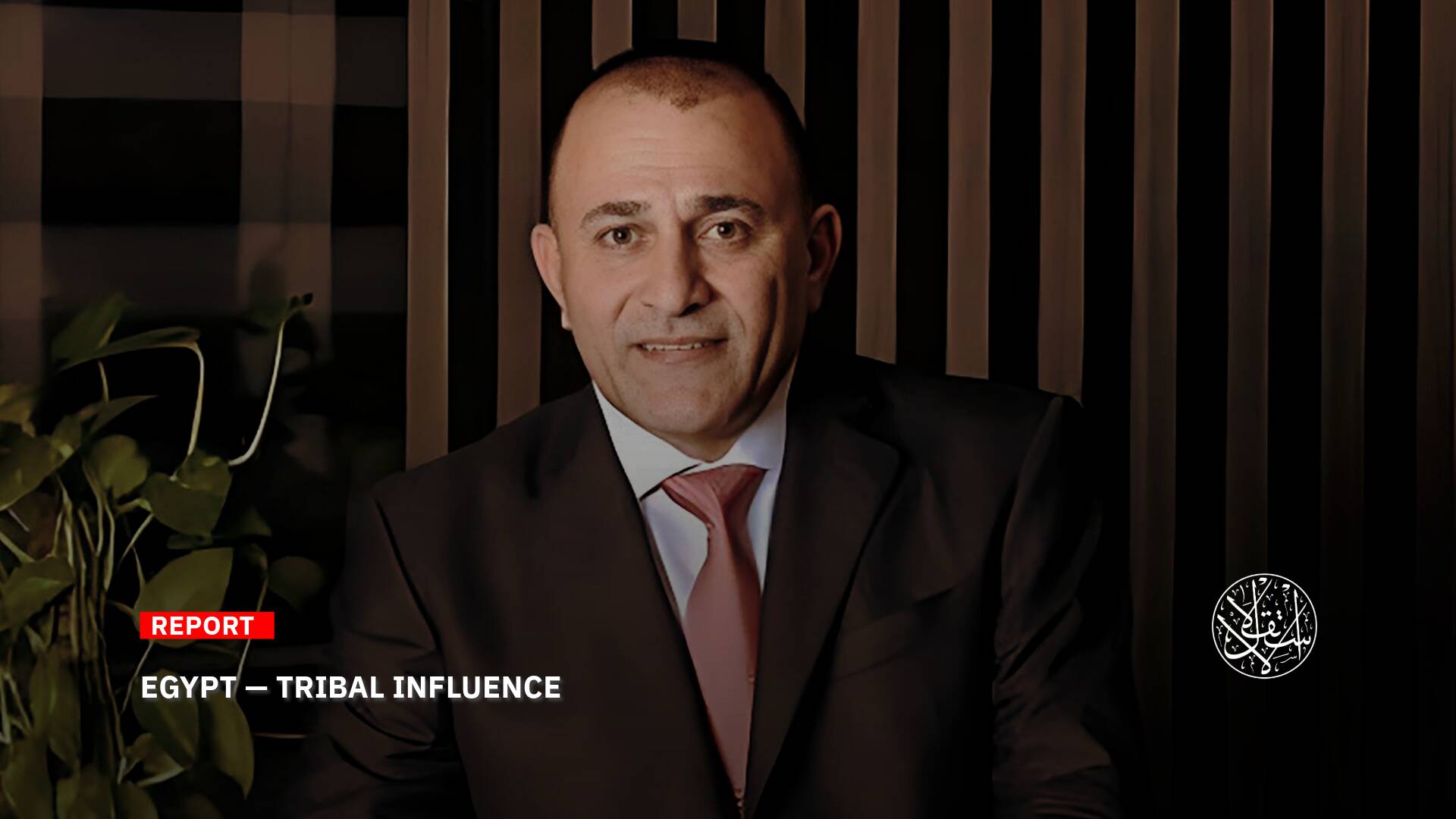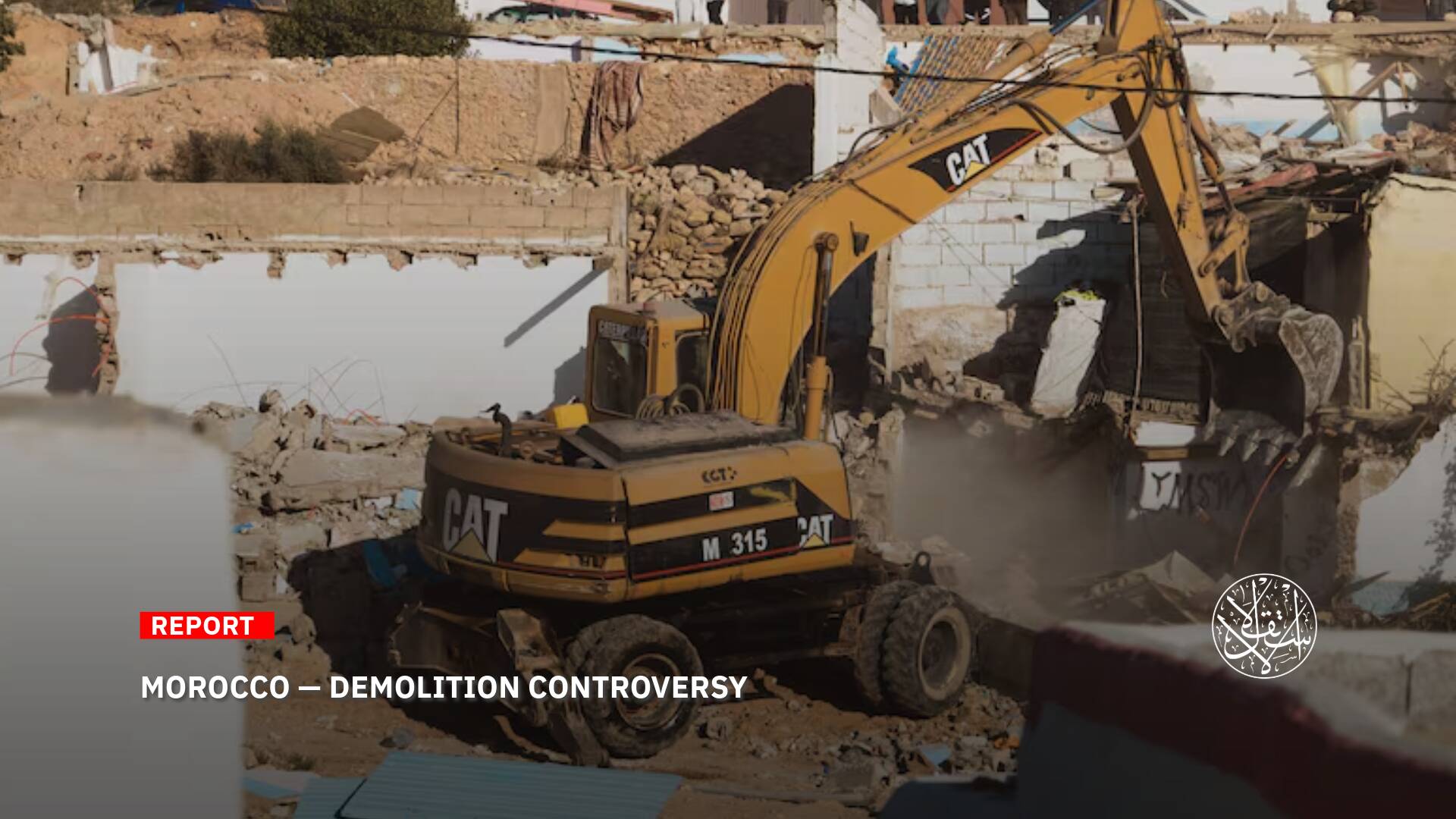Government Failure: Iran Struggles to Tackle Gas and Power Shortages

The electricity crisis is a direct consequence of the sanctions on Iran.
Iranians are growing increasingly frustrated as gas and electricity outages persist in a country rich in energy resources—yet one that now struggles to keep the lights on.
For three consecutive nights, starting on February 10, 2025, protesters took to the streets in several Iranian cities, chanting slogans against the government over power and gas cuts, as well as the repeated closures of public offices and schools across various provinces.
Widespread Blackouts
These outages are not just disrupting daily life; they are also posing serious challenges for businesses across the country.
Despite being an energy giant with some of the world's largest oil and gas reserves, Iran has been forced to ration electricity in recent weeks due to fuel shortages affecting power plants.
According to the U.S. Energy Information Administration (EIA), Iran was the world's seventh-largest crude oil producer in 2022 and held the third-largest oil reserves after Venezuela and Saudi Arabia.
Yet, the country has struggled to sustain its power supply.
Mohammad Allahdad, deputy head of Iran’s Tavanir power company, acknowledged the ongoing crisis, stating on February 12, 2025: “It is not the case that this problem will be solved suddenly; the electricity issue will not be completely resolved next year.”
“We are trying to improve the situation, but with the current level of imbalance we have, the issue will not be resolved within a year.”
Iran’s power grid has suffered from years of underinvestment, largely due to Western sanctions. As a result, authorities have had to impose rolling blackouts during the day to conserve fuel for power generation.
Since early 2025, Iranian officials have repeatedly announced school and government office closures in Tehran to save energy.
Similar measures have been taken in at least ten of the country’s 31 provinces, including Kurdistan, Mazandaran, Ardabil, Qom, and Kerman in the southeast.

A Critical Situation
Iranian President Masoud Pezeshkian has repeatedly apologized for the recurring power outages, which have fueled public frustration and further strained an economy already weakened by sanctions.
The blackouts have had a direct impact on commercial activity, particularly in Tehran’s markets.
To conserve energy and prepare for shortages, the government has imposed two-hour daily power cuts since November 2024. These scheduled blackouts rotate across the country—a paradoxical situation for a nation known as an energy powerhouse.
The crisis worsens during peak electricity consumption periods, especially in summer when air conditioners run at full capacity and in winter when demand for heating surges.
Economic experts believe the Iranian government is unlikely to resolve its energy problems in the short term, as the country’s energy consumption remains “above the global average” due to its low cost.
“Whether the energy deficit involves natural gas, oil, or fuel, the situation remains critical due to past governments’ mismanagement and the current administration's continuation of these policies,” Economist Abdollah Babakhani told Ham Mihan.
Despite its domestic crisis, Iran continues to export gas to Pakistan, Armenia, India, Azerbaijan, Oman, and Iraq. Meanwhile, authorities are urging citizens to adjust their energy consumption habits to mitigate the shortage.
Iraq, where Tehran holds significant political and military influence, heavily depends on Iranian electricity and gas imports, which supply up to 40% of the country’s peak energy demand during the summer months.

Declining Production
The Iranian government has yet to introduce a clear plan to address its electricity shortages, repeatedly ignoring the persistent power outages.
President Masoud Pezeshkian once responded to frustrated citizens by saying, “At home, I wear thick clothing to stay warm—others can do the same,” insisting that Iran has “no choice but to ration energy consumption.”
Iran’s gas supply, a crucial fuel source for power plants, remains limited. Meanwhile, government offices, banks, and schools have been forced to shut down as authorities struggle to meet rising electricity demand.
Unplanned blackouts have disrupted daily life in more than half the country.
What began earlier in 2025 with electricity cuts to industrial areas has now reached the capital, leaving residents without hot water, functioning elevators, and access to parking garages that rely on electric systems. Traffic chaos followed as streetlights failed.
Government officials have been quick to shift blame. The Ministry of Energy claims power plants aren’t receiving enough fuel, while the Oil Ministry accuses the national electricity company of mismanagement.
Mohsen Mansouri, the public relations director for Tehran’s electricity distribution company, told Rooidad 24 on February 11, 2025, that the blackouts in parts of the capital were due to low gas pressure.
Vice President Mohammad Reza Aref revealed that losses in the electricity and gas sectors from the outages have reached 90 trillion tomans ($21 million), calling the situation “unacceptable” for the government.
Aref pledged to expand electricity capacity by 10,000 megawatts through power plant upgrades and solar energy investments ahead of next summer.

Impact of Sanctions
Observers point out that the decline in Iranian investment in the electricity production sector over the years is the primary reason for the current electricity shortage, largely attributed to the scope of Western sanctions on the country due to Tehran's policies.
According to Iranian economist Abdolreza Davari, “The electricity deficit in Iran has recently reached around 20,000 megawatts.”
“This shortfall requires investments of $20 billion, which should have started years ago in stages to prevent the backlog, but it has yet to happen.”
For example, the South Pars gas field, which accounts for 75% of Iran’s gas production, is in a phase of decline and facing reduced output.
Because of sanctions, Iran cannot attract Western companies to install large production platforms equipped with compressors, forcing it to accept lower production levels, which directly affects the amount of electricity available to citizens.
Experts also note that under current conditions, with Western sanctions still in place, there are no viable alternatives to compensate for the energy deficit in Iran.
While energy subsidies in Iran help keep bills low, they also encourage excessive consumption.
However, the situation is exacerbated by severe mismanagement and outdated infrastructure, which has significantly hindered the country’s ability to meet the growing demand for gas.
In response to the power outages in Tehran on February 11, 2025, social media users reported hearing people chanting against the government from their windows.
Academic Hatam Ghaderi linked this crisis to Iran's spending of “billions of dollars on its nuclear program and expanding its regional influence, while people suffer.”
“Iran has been in a restless period for a long time so that anything can happen [..] The Islamic Republic has spent billions of dollars on the nuclear program and [expanding its regional influence] and people are experiencing ruin,” Ghaderi told Radio Farda.
In 2019, protests erupted in Iran over fuel price hikes, with reports indicating the deaths of 1,500 people during government crackdowns on demonstrators, according to Reuters.
Ultimately, the fuel shortage is just one link in a chain of mounting economic problems in a country like Iran, which is suffering from 40% inflation, a currency that has halved in value over two years, and where at least 30 million people currently live below the poverty line.
Sources
- The Farda Briefing: Energy-Rich Iran Can't Keep The Lights On
- Power outages and economic paralysis deepen Iran’s crises
- Widespread anger among Iranians amid the continued gas and electricity outages [Arabic]
- Iranian official: Electricity crisis won't be resolved next year either [Arabic]
- Special Report: Iran’s leader ordered crackdown on unrest - 'Do whatever it takes to end it'
- Iran Inks Big Contracts To Increase Oil Production
- Iran's crisis wont be resolved for next year either
- Power rationing fuels anger among sanctions-weary Iranians [Arabic]











